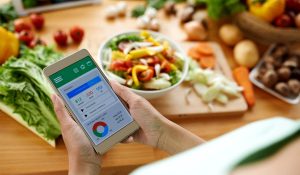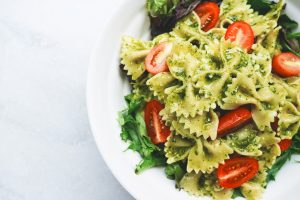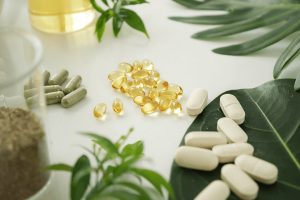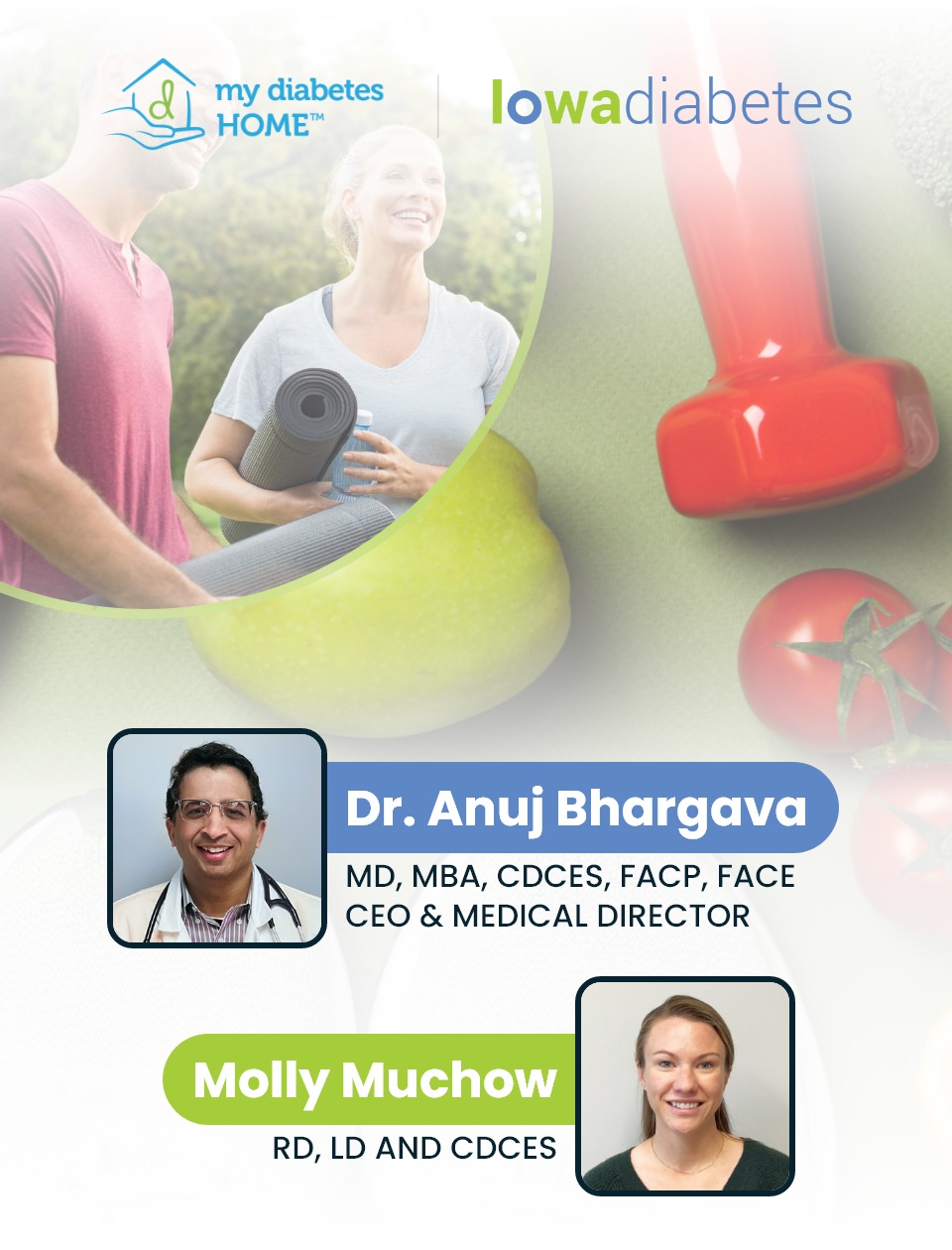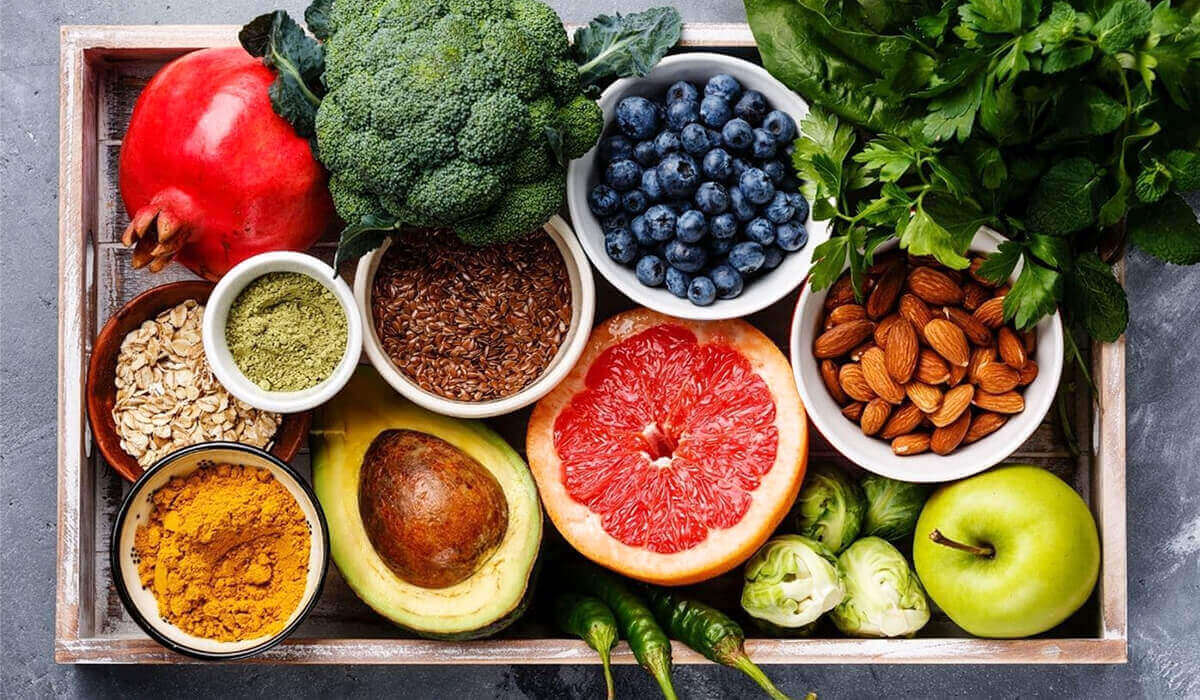
Fact or Fad: What You Need to Know about the Clean Eating Diet
🥦 What is “clean eating”?
Most of our foods are heavily processed or contain synthetic ingredients. These are packed with added fats, sugars, chemicals, preservatives, food dyes, and other additives that may make the food taste good but our bodies do not process it (or break it down into energy) well.
The clean eating diet is all the rage from celebrities, doctors, and nutritionists around the world.
 Eating clean means you choose foods as close to their natural state as possible. This further means cutting out items that are highly processed or packed with preservatives, additional fats, and sugars. At the same time, you try to avoid foods that have had their nutritional value stripped from them. Instead of eating foods “fortified” with added vitamins, you stick to the natural nutrients found in fresh produce, whole grains, free-range meats, and dairy.
Eating clean means you choose foods as close to their natural state as possible. This further means cutting out items that are highly processed or packed with preservatives, additional fats, and sugars. At the same time, you try to avoid foods that have had their nutritional value stripped from them. Instead of eating foods “fortified” with added vitamins, you stick to the natural nutrients found in fresh produce, whole grains, free-range meats, and dairy.According to Clean Eating Mag, most people who adopt a clean diet eat items such as unrefined whole grains, an abundance of fresh produce, and free-range or grass-fed meat and dairy, alongside nuts, avocados, olive, and coconut oil for a hearty dose of natural, healthy fats. These can be found at your local grocery store in the organic section, or freshly gathered at your closest farmer’s market, or a more sustainable and humane source of meats and dairy from local farmers.
🧐 What’s this got to do with diabetes?
Physicians at WebMD agree that a clean eating diet may be beneficial for people with Type 1 and Type 2 diabetes. Unlike other fad diets, the clean eating method focuses on nutritional balance and value. No food groups are cut out and people with diabetes can still get the carbs and sugar they need. Instead of processed and packaged foods, pick out healthier sources of those needed carbs and sugars. For example, instead of reaching for an over-processed cookie eat fresh fruits instead.
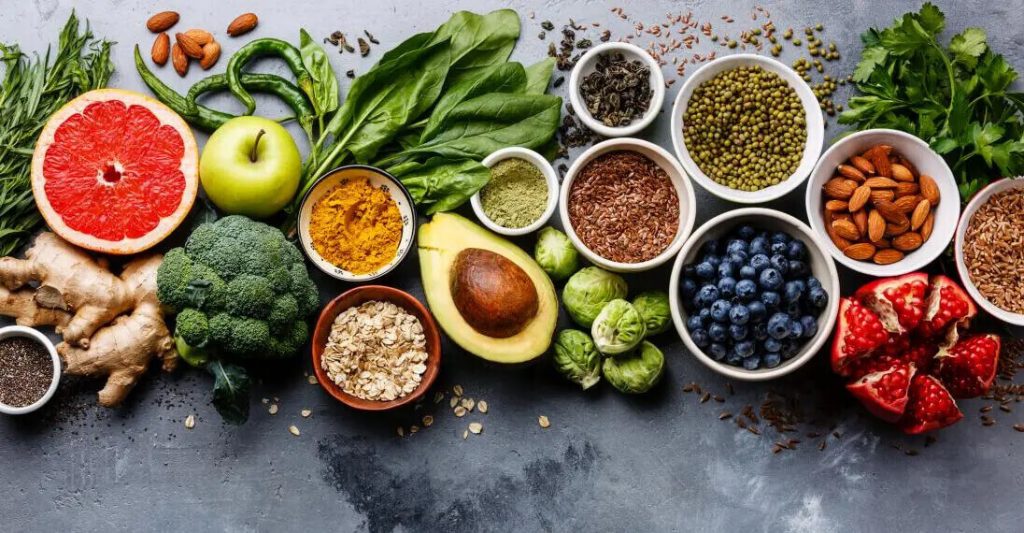
 Though eating clean may sound like an ideal diet solution, cutting out foods with preservatives or processed sugars can be expensive and time-consuming. After a week of fresh produce and unprocessed foods, passing by a candy store down the aisle is not an easy task. To make it easier to adjust, physicians recommend adopting the 80/20 rule. Instead of cutting out processed foods entirely, many find it easier to eat clean the majority of the time, while saving a little room for a treat. This could mean a box of your favorite cereal, a carton of fruit-flavored yogurt, or that candy bar you have been eyeing at the store..
Though eating clean may sound like an ideal diet solution, cutting out foods with preservatives or processed sugars can be expensive and time-consuming. After a week of fresh produce and unprocessed foods, passing by a candy store down the aisle is not an easy task. To make it easier to adjust, physicians recommend adopting the 80/20 rule. Instead of cutting out processed foods entirely, many find it easier to eat clean the majority of the time, while saving a little room for a treat. This could mean a box of your favorite cereal, a carton of fruit-flavored yogurt, or that candy bar you have been eyeing at the store..📌 Tips and Tricks to Clean Eating
Some packaged and processed foods make them easy to prepare and more affordable. Over time, marketing has made us all think that eating clean is going to be super expensive. Well, it isn’t always the case.
Here are some simple tricks you can do to eat clean and keep it budget-friendly:
- Stick with seasonal produce
- Buy generic-based products
- Practice meal planning (check out some of our videos on this)
- Cook at home
- Eat more plant-based proteins
- Check for discount deals
- Purchase frozen fruits and veggies
- Save food scraps
- Practice proper food storage
- Buy in bulk
In the long run, a clean diet with these neat tricks can save you money and help improve your health.
Summary While there is no diet deemed “perfect” for people with diabetes, the clean way of eating has been proven to be safe and effective in helping people lose weight and take control of their blood sugar levels. Before you begin a new eating schedule, make sure to talk to your doctor about foods and eating plans that work best for you and your body. Also remember that clean eating was not designed to be a fad diet. Eating well is a lifestyle choice that can not only help you control your diabetes now but may also work to prevent complications or health concerns in the future.
Disclaimer: Any information provided is not intended as medical advice. Iowa Diabetes is not responsible for any information from third parties.
